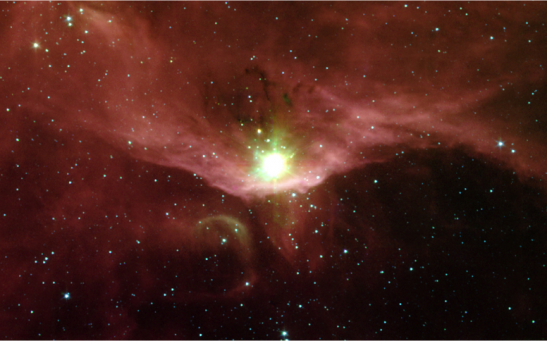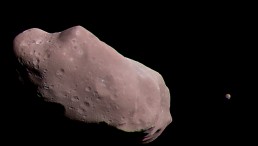nasa

NASA's MAVEN Reveals How Mars Became Dead Planet
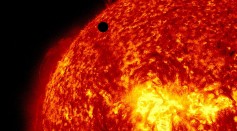
NASA Plans To Send Solar Probe Plus Inside The Sun's Atmosphere In 2018

Uranus Gas Smells Like Farts, Scientists Revealed

Destiny Of Exomoons In The White Dwarf Planetary System

NASA Pulled A Scientific Mission: For Both Coral Reef And Volcano
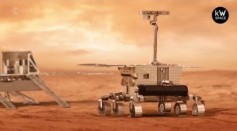
ESA ExoMars, Russia's Stationary Surface Science Platform Set For A Launch To Gain Russia's Luck On Mars
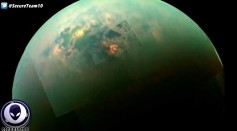
NASA Plans A Mission To Saturn's Largest Moon Titan

Hubble Space Telescope Image: Spotted Two Interacting NGC3447 Galaxies

SpaceX Falcon 9 Rocket Ready For Its Next Launch As Reusable Rocket
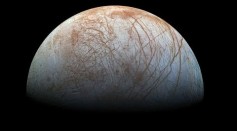
Alien Life Could Be Possibly Found On Jupiter's Moon Europa

Space Station Astronauts Had Taken Spacewalk: Watch It Live
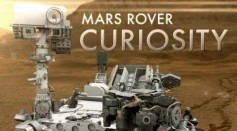
NASA Curiosity Rover Seized Mars' Gravity Wave-Shaped Clouds For the First Time
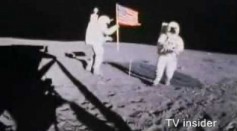
NASA Transition Act 2017 Includes Protects And Preserve Apollo Moon Landing Sites Favored By The White House

The Biggest Mystery Of The Entire Universe: What The Dark Matter Really Is
Most Popular

Project Hephaistos: Scientists Claim To Have Detected Technosignatures From Dyson Spheres of Alien Civilization
![Some Brain-Injured Patients Who Died After Life Support Was Withdrawn May Have Survived, Recovered Some Level of Independence 6 Months After Injury [Study]](https://1721181113.rsc.cdn77.org/data/thumbs/full/53613/89/56/50/40/some-brain-injured-patients-who-died-after-life-support-was-withdrawn-may-have-survived-recovered-some-level-of-independence-6-months-after-injury-study.jpg)
Brain-Injured Patients in Life Support May Survive 6 Months After Injury [Study]

Kaymakli Underground City: A Maze of Tunnels Deep Beneath the Earth Where Ancient Turkish Lived for Centuries

Richest Man Who Ever Lived: Amenhotep III’s Face Revealed for the First Time Using Data From His Skull

